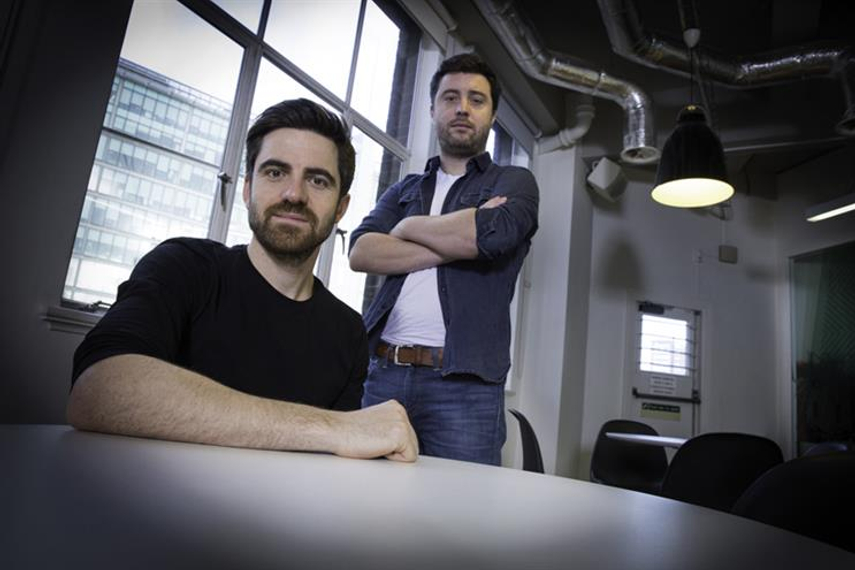
Please sign in or register
Existing users sign in here
Having trouble signing in?
Contact Customer Support at
[email protected]
or call+91 22 69489600
Besides gobbling up new business, the trend is drawing more talent client-side in the UK

Contact Customer Support at
[email protected]
or call+91 22 69489600
Top news, insights and analysis every weekday
Sign up for Campaign Bulletins
Is commerce, not creativity, now the main engine of ad growth?
Indian consumer sentiment remains strong, with 61% expecting continuous good times --second only to China.
Hype on its own is fleeting, but hype built on community and authenticity can shape a brand’s future.
The move reflects a shift towards a more user-centric pricing approach, particularly at a time when investors are increasingly conscious of costs and value.